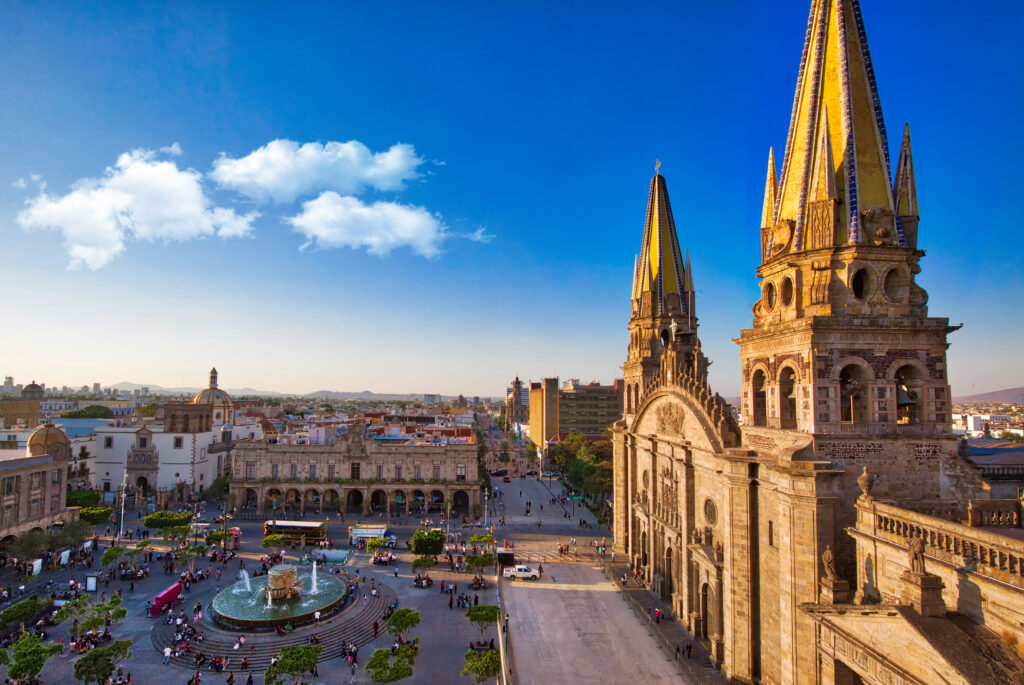For decades, corporate mobility in Latin America followed a predictable pattern: multinational companies relocated executives and teams to the capitals. Mexico City, São Paulo, Buenos Aires, Bogotá, and Lima became synonymous with opportunity, infrastructure, and international connectivity. But a shift is underway. The future of LATAM relocation may not lie exclusively in these traditional powerhouses. It is increasingly being written in secondary cities.
So, what exactly is a secondary city? In the Latin American context, it refers to urban centers that are not the national capitals but still play a vital role in their countries’ economic, industrial, and cultural landscapes. They are large enough to offer strong infrastructure, talent, and services, yet small enough to avoid the chronic congestion, high costs, and over-saturation that often characterize megacities.
This transformation is being fueled by global forces. Nearshoring and supply chain diversification are pulling investment toward industrial corridors and port-adjacent regions. Hybrid and remote work models, born out of the pandemic, are allowing professionals to prioritize quality of life and lifestyle balance. Governments across the region are promoting investment beyond the capitals, seeking to decentralize growth and attract foreign direct investment into new territories.
The result? A new map of corporate mobility where secondary cities are no longer “alternatives” but strategic relocation destinations. For companies, they represent a chance to optimize costs, expand talent pipelines, and secure early-mover advantages. For employees, they offer the possibility of professional growth without sacrificing livability.
Why secondary cities are stealing the spotlight in relocation
Several structural shifts explain why secondary cities are gaining momentum as relocation hubs:

1. Nearshoring and supply chain diversification
Companies are moving closer to ports, highways, and industrial corridors to mitigate risk and improve efficiency. According to the Inter-American Development Bank, intermediate cities in Latin America have accounted for 20–30% of regional urban population growth in recent years, underscoring their importance in economic geography.
2. Cost of living and housing
In Mexico, secondary cities like Guadalajara and Querétaro offer rental prices 20–40% lower than Mexico City, while maintaining modern housing stock and family-friendly neighborhoods. This translates directly into relocation savings.
3. Talent retention and lifestyle preferences
Research by the World Bank highlights that quality of life and commute times are decisive for talent mobility. In cities like Medellín, average commute times are 25–30% shorter than in Bogotá, making them more attractive for professionals seeking balance.
4. Government incentives and ecosystem growth
Regional governments are proactively decentralizing investment. For example, Colombia’s Ruta N innovation district in Medellín and Mexico’s “Jalisco Is On” program in Guadalajara channel millions of dollars annually into tech and research clusters, creating environments that favor relocation and long-term assignments.
Regional standouts driving LATAM relocation momentum
Across Latin America, several secondary cities stand out as prime examples of this shift:
• Medellín, Colombia
Medellín has emerged as one of Latin America’s most dynamic secondary cities, positioning itself as a model of innovation and transformation. Between 2008 and 2023, the city attracted more than US$3.5 billion in foreign direct investment across 347 projects, generating over 30,000 jobs. In just the first half of 2025, Medellín secured an additional US$168 million in FDI, with more than 8,000 projected positions. Supported by innovation hubs like Ruta N and a robust university network, the city combines business opportunity with quality of life, making it a benchmark destination for corporate relocation in Colombia and beyond.
• Guadalajara, Mexico
Guadalajara is often referred to as the “Silicon Valley of Latin America” for its thriving technology and creative industries. Recognized by UNESCO as a Creative City for Media Arts, it is home to more than 1,200 enterprises employing over 24,000 professionals in this sector. The wider state of Jalisco reported 3.92 million employed workers in early 2025, with an unemployment rate of just 1.69%, confirming its economic strength.
Beyond its robust labor market, Guadalajara offers companies significant cost advantages compared to Mexico City, positioning itself as an increasingly strategic hub for LATAM relocation programs centered on technology and innovation.

• Córdoba, Argentina
Córdoba has leveraged its status as Argentina’s second-largest university center to build one of the most dynamic talent pipelines in the country. The city has become a magnet for technology and outsourcing, with exports of technology services reaching US$122 million in 2023, a year-on-year increase of nearly 26%. This growth is supported by the Córdoba Technology Cluster, which connects private firms, academia, and government institutions to strengthen competitiveness and foster innovation.
For businesses exploring relocation, Córdoba presents a compelling value proposition: high-skilled professionals, expanding tech ecosystems, and significantly lower operational costs compared to Buenos Aires.
• Montevideo, Uruguay
Montevideo stands out as a relocation destination thanks to Uruguay’s stability, transparency, and pro-business environment. The city hosts more than 230 U.S. companies, which collectively employ around 25,000 Uruguayans, highlighting its role as a gateway for international investment.
Supported by a regulatory framework that treats foreign and domestic investors equally, Montevideo offers predictability in a region often marked by volatility. Combined with high human development indicators, quality of life, and a growing role in sectors such as renewable energy and technology, Montevideo offers companies a secure and reliable base for relocation in the Southern Cone.
• Belo Horizonte, Brazil
Belo Horizonte, capital of Minas Gerais, has steadily positioned itself as one of Brazil’s leading innovation ecosystems. Promoted by Invest Minas as a top hub for startups, it benefits from a strategic location within one of the country’s most economically diversified states. The city offers operational costs that are significantly lower than São Paulo or Rio de Janeiro, while still granting access to a highly skilled workforce trained by renowned universities. Supported by pro-business incentives and a growing venture capital community, Belo Horizonte has become a rising destination for relocation, attracting companies seeking to balance innovation, affordability, and talent.

What secondary cities offer to assignees and companies
- Lifestyle upgrades. Secondary cities often provide cleaner air, shorter commutes, and greater access to green spaces, directly improving overall well-being for relocated employees and their families.
- Community integration. Smaller populations and more accessible social networks enable expatriates to form meaningful connections, easing cultural adaptation and strengthening retention.
3. Perception of safety and stability. Compared to overstretched capitals, many secondary cities are seen as safer and more livable—an important factor for assignees relocating with families.
4. Cultural richness. Unique traditions, gastronomy, and local festivals—from Medellín’s Flower Festival to Córdoba’s vibrant student culture—make relocation an enriching lifestyle experience.
5. Cost efficiency. Lower housing prices and service expenses reduce overall relocation costs, allowing companies to optimize budgets while still offering competitive packages.
The bottom line
Secondary cities are reshaping the future of LATAM relocation, offering companies the ability to balance opportunity, cost efficiency, and quality of life. Acting early is essential to secure these advantages.
With over 25 years of experience across 33 countries in Latin America and the Caribbean, LARM provides end-to-end support, regional expertise, and trusted guidance to help organizations relocate with confidence. We make mobility seamless, compliant, and strategically aligned with business goals.
If your company is ready to seize the opportunities of secondary cities, LARM is the partner to make relocation simple, strategic, and successful.
Sources:
- Agencia de Cooperación e Inversión de Medellín y el Área Metropolitana (ACI Medellín). Investment in Medellín and the Metropolitan Area: 2008–2023. 2024, https://acimedellin.org/wp-content/uploads/2024/06/db-invest-medellin-2024-en-comprimido.pdf.
- Finance Colombia. “Medellín Attracts over $168 Million USD in Foreign Investment in First Half of 2025.” Finance Colombia, 22 July 2025, https://www.financecolombia.com/medellin-attracts-over-168-million-usd-in-foreign-investment-in-first-half-of-2025/.
- Secretaría de Economía, Gobierno de México. “Guadalajara: Economic and Employment Data.” Data México, 2025, https://www.economia.gob.mx/datamexico/en/profile/geo/guadalajara?redirect=true.
- UNESCO. “Guadalajara.” UNESCO Creative Cities Network, 2023, https://www.unesco.org/en/creative-cities/guadalajara.
- BNamericas. “How Córdoba Is Positioning Itself as a Tech Hub.” BNamericas, 30 Nov. 2023, https://www.bnamericas.com/en/features/how-cordoba-is-positioning-itself-as-a-tech-hub.
- Inter-American Development Bank. Cluster Initiatives and Economic Resilience: Evidence from a Technology Cluster in Argentina. 2020, https://publications.iadb.org/publications/english/document/Cluster-Initiatives-and-Economic-Resilience-Evidence-from-a-Technology-Cluster-in-Argentina.pdf.
- U.S. Department of State. “2022 Investment Climate Statements: Uruguay.” U.S. Department of State, 2022, https://www.state.gov/reports/2022-investment-climate-statements/uruguay/.
- U.S. International Trade Administration. “Uruguay Country Commercial Guide: Market Overview.” Trade.gov, 2023, https://www.trade.gov/country-commercial-guides/uruguay-market-overview.
- Invest Minas. “Invest Minas: Investment Promotion Agency of Minas Gerais.” Government of Minas Gerais, 2025, https://investminas.mg.gov.br/en/.
- World Bank. Urbanization and Intermediate Cities in Latin America and the Caribbean. 2017, https://documents1.worldbank.org/curated/en/370521489645120053/pdf/113554-PUB-PUBLIC-PUBDATE-3-31-2017.pdf.
